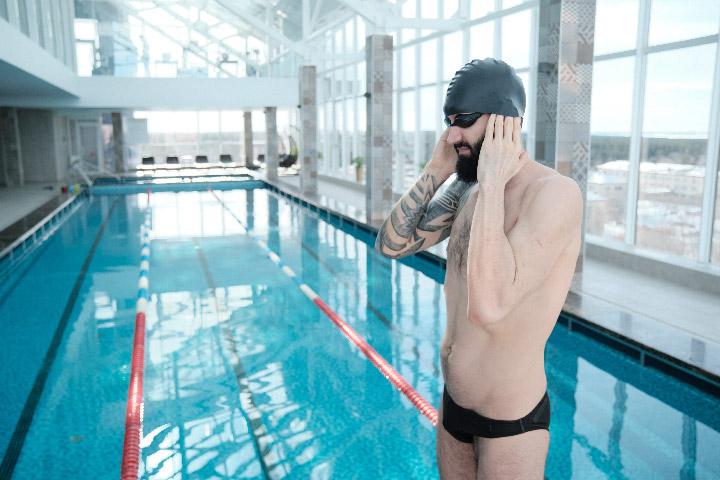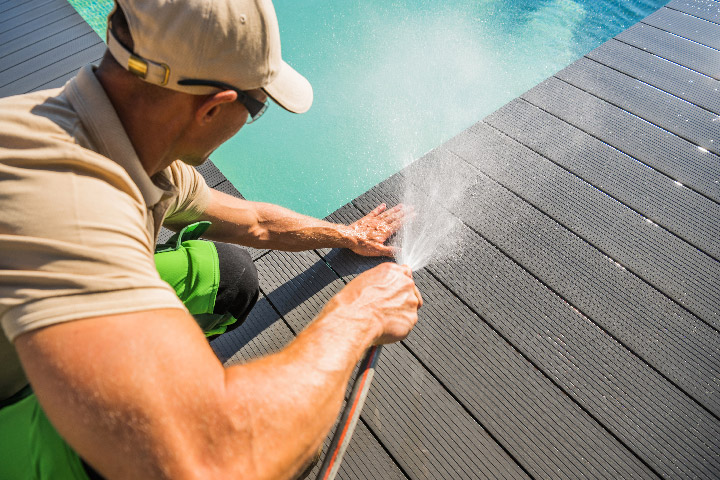
Swimmer’s Ear: Causes, Symptoms, and Prevention in Swimming Pools
Swimmer’s ear, or otitis externa, is a common condition that affects many swimmers and pool-goers. This painful infection occurs when water gets trapped in the ear canal, providing an ideal environment for bacteria and fungi to grow. In this article, we will explore the causes, symptoms, and prevention measures for swimmer’s ear, as well as direct you to valuable resources from the Centers for Disease Control and Prevention (CDC) to further expand your knowledge.
I. Causes of Swimmer’s Ear:
Swimmer’s ear is primarily caused by water becoming trapped in the ear canal. This trapped water softens the skin and creates a favorable environment for bacteria and fungi to multiply, leading to infection. The most common bacteria responsible for swimmer’s ear are Pseudomonas aeruginosa and Staphylococcus aureus.
In addition to water exposure, the following factors can also contribute to swimmer’s ear:
- Excessive earwax removal: Removing too much earwax can damage the ear canal’s protective lining, making it more susceptible to infection.
- Scratches or abrasions: Using cotton swabs or other objects to clean the ear can cause small cuts, allowing bacteria to enter.
- Allergies or skin conditions: Individuals with eczema or allergies are more prone to developing swimmer’s ear due to increased skin sensitivity.
II. Symptoms of Swimmer’s Ear:
Some common symptoms of swimmer’s ear include:
- Itching inside the ear
- Redness and swelling
- Pain, especially when touching or moving the ear
- Drainage of a clear or yellowish fluid
- Muffled hearing or temporary hearing loss
It is essential to consult a healthcare professional if you experience these symptoms to receive a proper diagnosis and treatment. For more information on swimmer’s ear symptoms, visit the CDC’s Swimmer’s Ear page here.
III. Prevention Measures:
To reduce the risk of developing swimmer’s ear, follow these prevention measures:
- Keep your ears dry: After swimming, tilt your head to each side to help drain water from your ears. You can also use a towel to gently dry the outer part of your ears.
- Avoid inserting objects into your ears: Refrain from using cotton swabs or other objects to clean your ears, as this can damage the protective lining and introduce bacteria.
- Wear earplugs: Use properly-fitted earplugs while swimming to prevent water from entering your ears.
- Limit exposure to contaminated water: Avoid swimming in pools with poor sanitation or in bodies of water with high bacterial counts.
For more tips on preventing swimmer’s ear, visit the CDC’s Swimmer’s Ear Prevention page here.
Conclusion:
Swimmer’s ear is a common and often painful condition that can be avoided with proper prevention measures. Understanding the causes and symptoms of swimmer’s ear can help you take the necessary steps to protect your ears and enjoy your time in the water. Remember to consult a healthcare professional if you suspect swimmer’s ear, and visit the CDC’s resources on swimmer’s ear for further information on symptoms and prevention.




